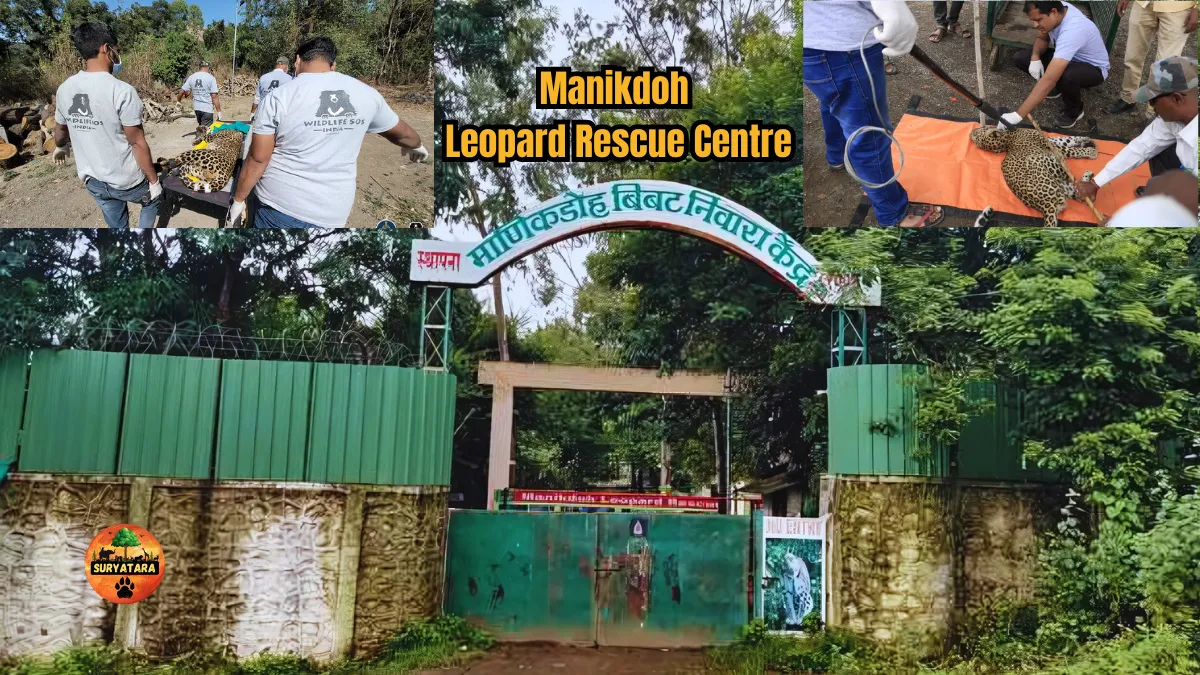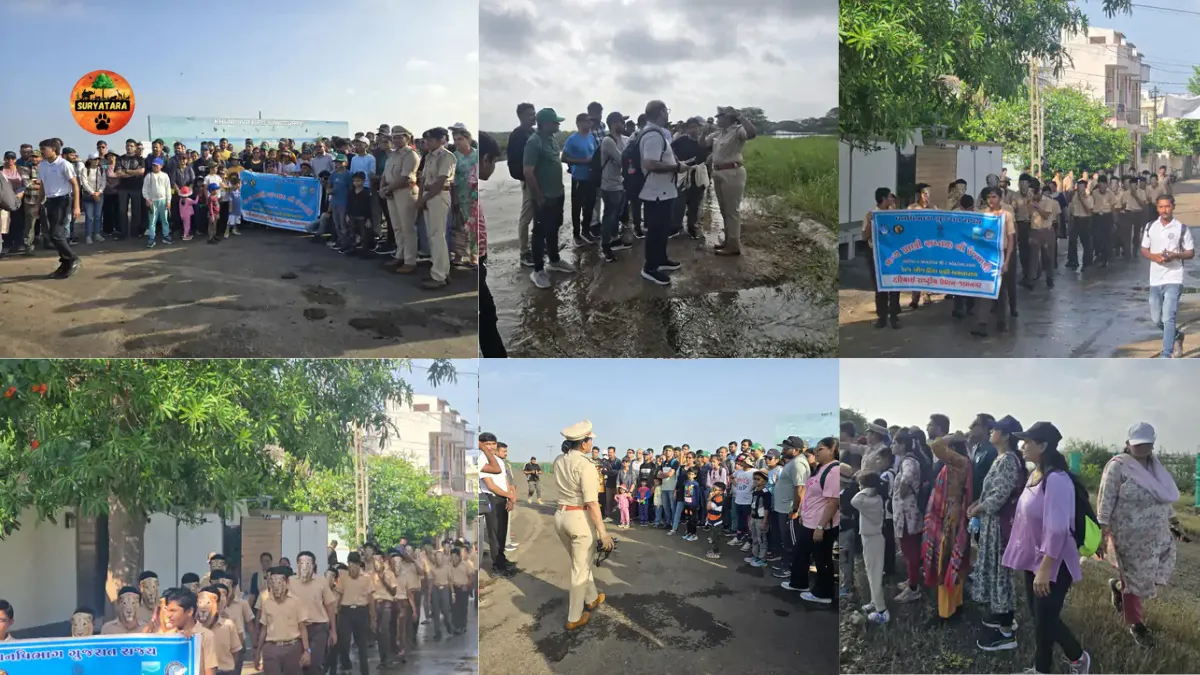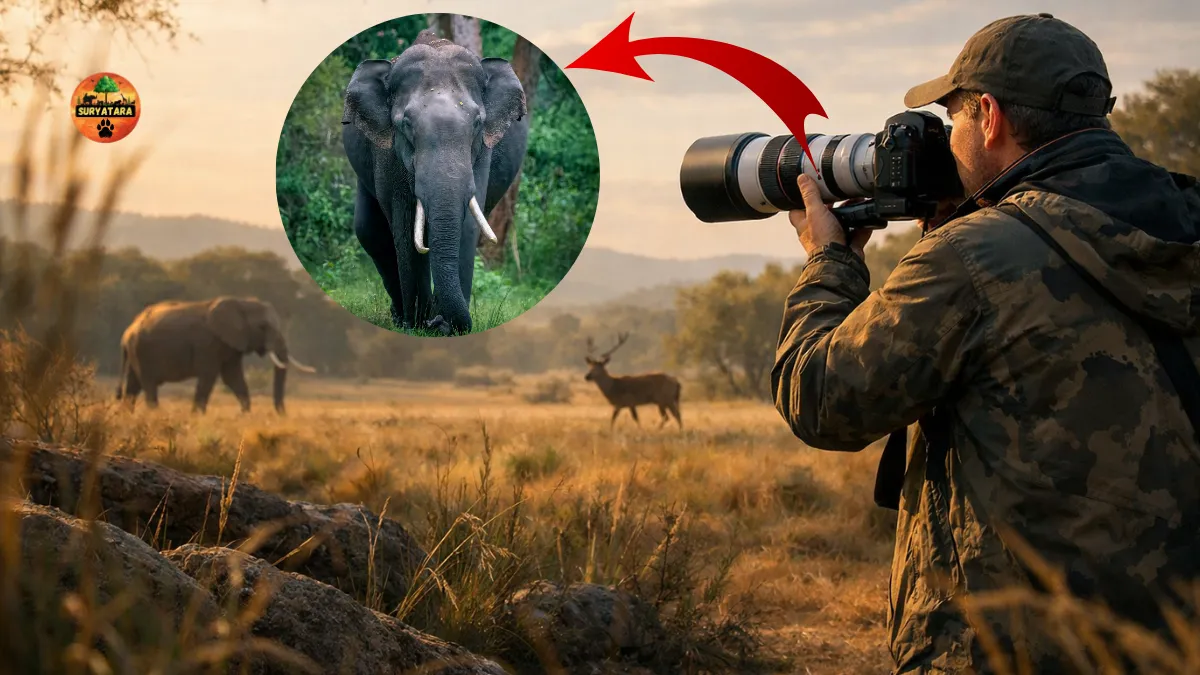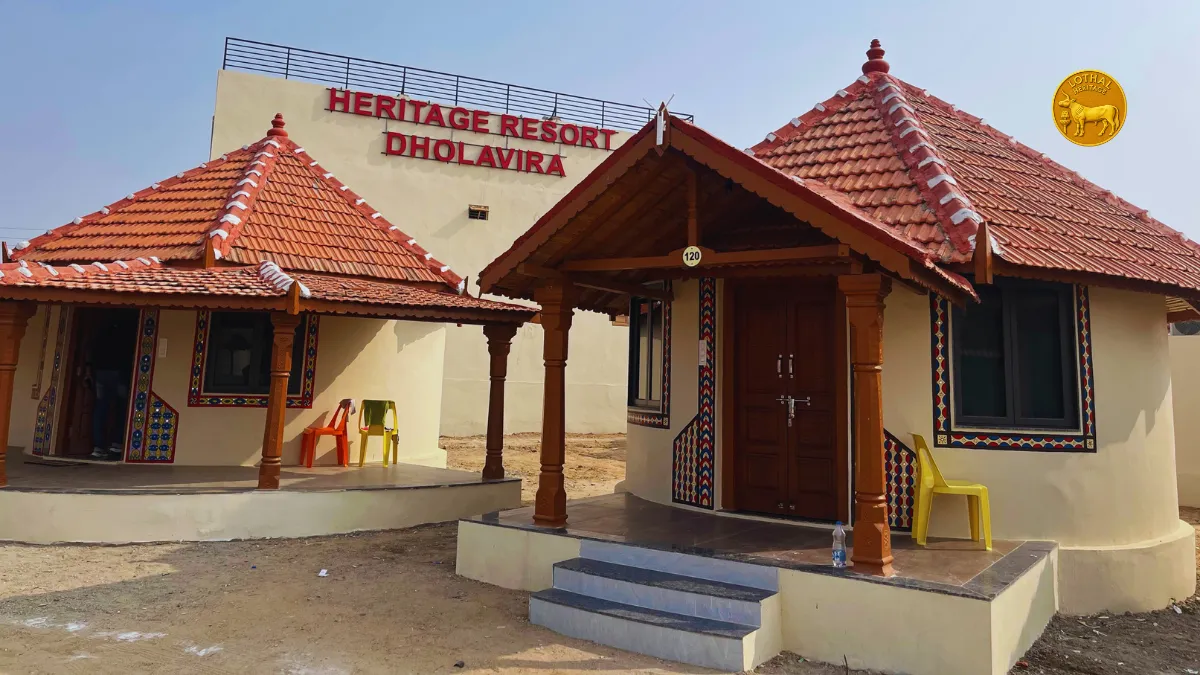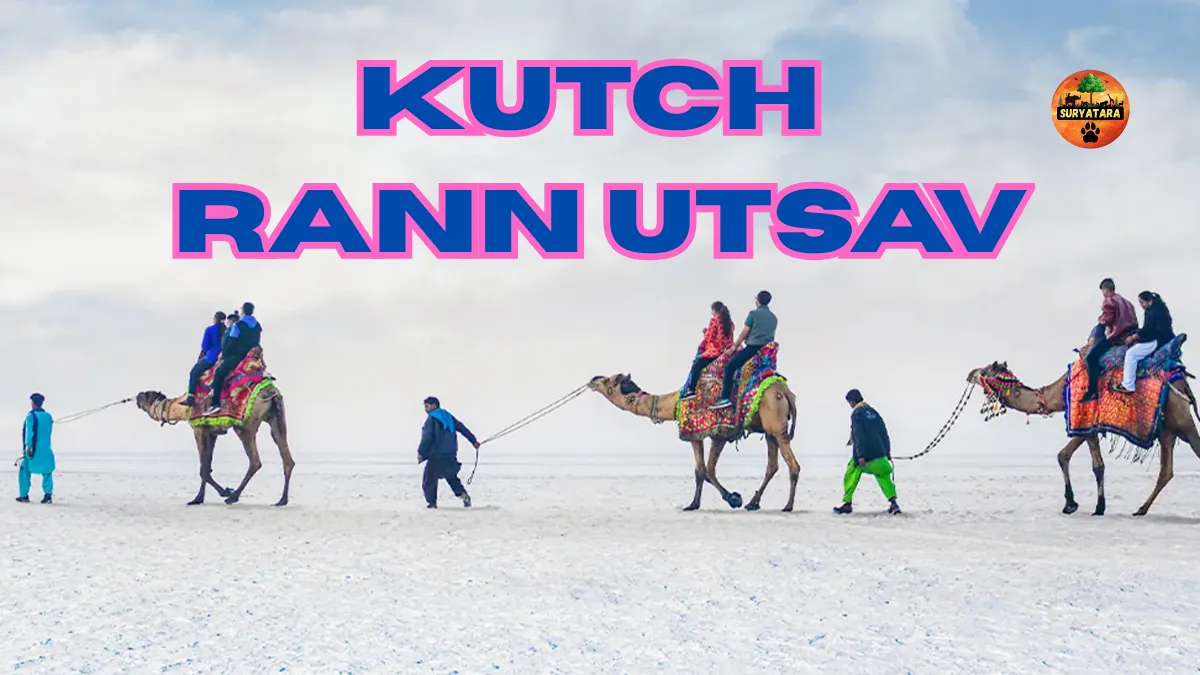Manikdoh Leopard Rescue Centre is one of India’s most significant wildlife rehabilitation centres, playing a crucial role in the rescue, treatment, and long-term care of leopards across Maharashtra. Located amidst the serene forests of Junnar in Pune district, this centre has become a symbol of hope and survival for injured, orphaned, or conflict-affected leopards.
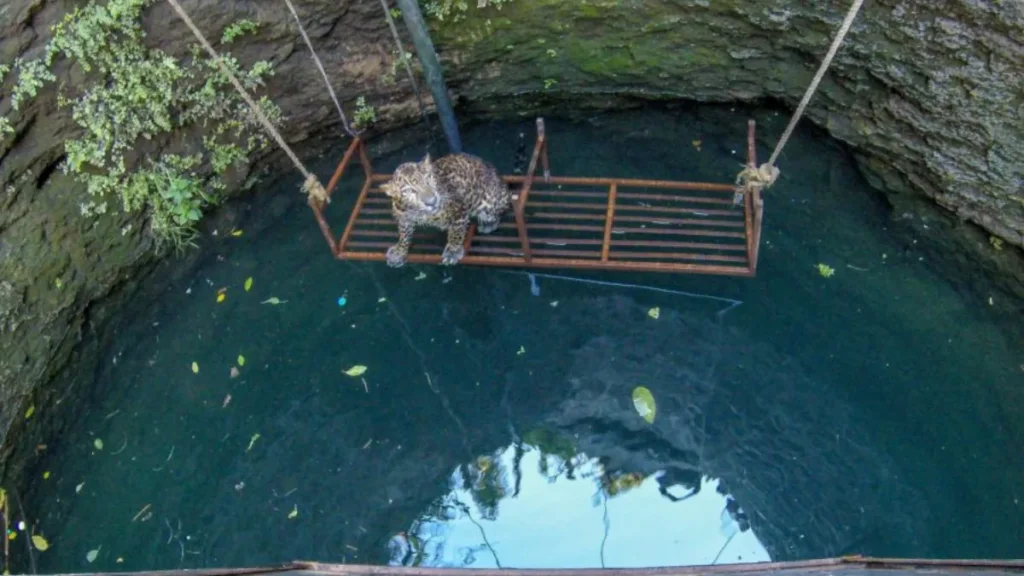
Introduction to Manikdoh Leopard Rescue Centre
Established in 2007 by the Maharashtra Forest Department in collaboration with the Wildlife SOS organization, the Manikdoh Leopard Rescue Centre addresses the growing human-leopard conflict in the region. The centre provides medical treatment, rehabilitation, and long-term shelter to leopards that can no longer survive in the wild due to injuries or human intervention.
Junnar, known for its dense sugarcane fields and proximity to leopard habitats, often witnesses encounters between humans and big cats. As a proactive solution, the rescue centre not only saves leopard lives but also educates local communities about coexistence and conservation.
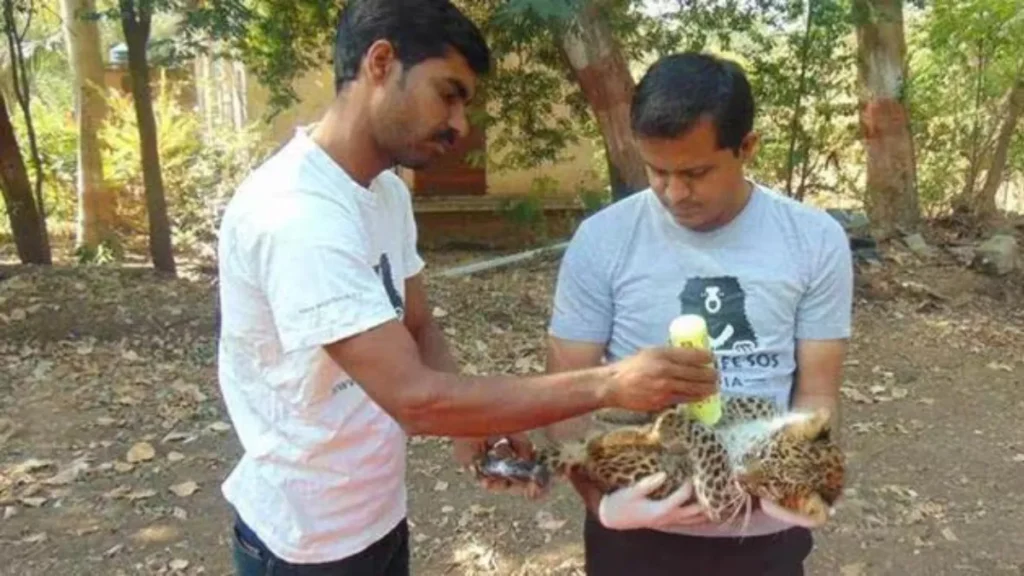
Why the Manikdoh Leopard Rescue Centre Matters
Leopards in Maharashtra frequently fall victim to snares, road accidents, or retaliatory attacks due to fear. In many cases, leopard cubs are found abandoned or trapped in wells. The Manikdoh Leopard Rescue Centre offers a second chance to these animals.
By rescuing over 100 leopards to date, the centre has not only reduced the number of conflict deaths but has also set a model for other wildlife rescue initiatives across India.
Key Facts About Manikdoh Leopard Rescue Centre
| Feature | Details |
|---|---|
| Location | Junnar, Pune District, Maharashtra |
| Established | 2007 |
| Managed By | Wildlife SOS in partnership with Maharashtra Forest Department |
| Primary Focus | Rescue, medical care, and rehabilitation of injured or orphaned leopards |
| Notable Residents | Injured adults, orphaned cubs, conflict-rescued leopards |
| Facilities Available | Enclosures, veterinary clinic, quarantine areas, enrichment structures |
| Open to Public? | No. The centre is not open to general public to minimize animal stress |
| Community Involvement | Educational programs, awareness campaigns, and rapid response units |
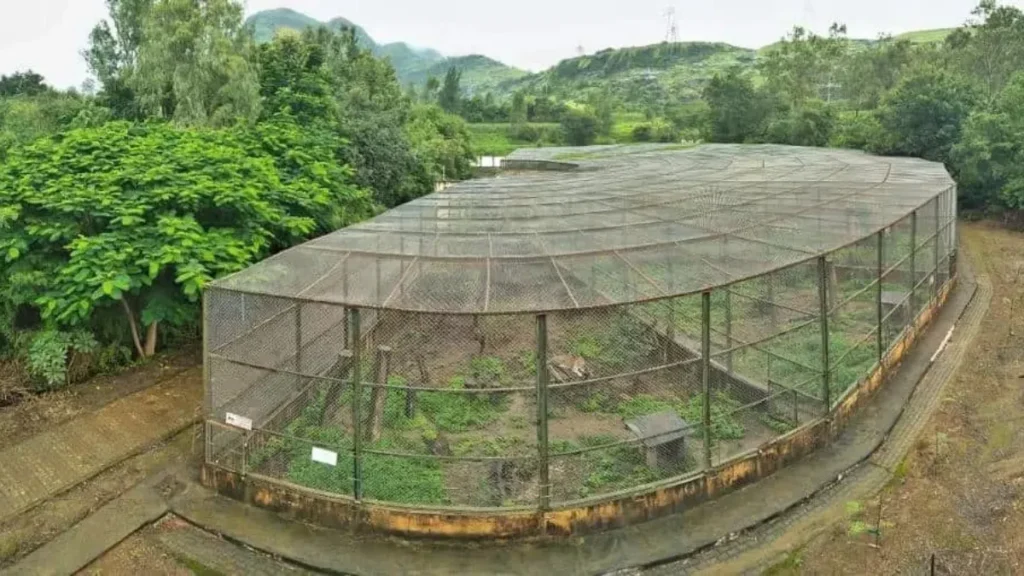
Leopard Rehabilitation at Manikdoh: A Closer Look
At the heart of Manikdoh Leopard Rescue Centre’s success is its expert team of veterinarians, animal caretakers, and wildlife biologists. Upon arrival, rescued leopards undergo thorough medical evaluations and, depending on their condition, are either treated for injuries or rehabilitated for future release.
In some instances, especially where leopards have lost limbs or are severely traumatized, permanent care becomes necessary. These leopards are provided with enriched enclosures that simulate natural conditions, allowing them to live a dignified life.
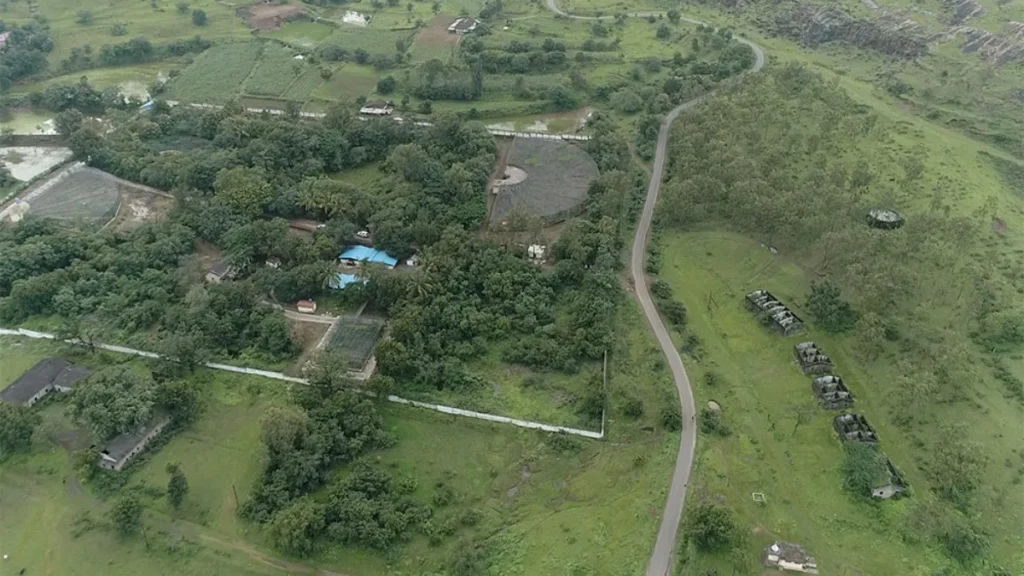
Community Engagement and Conflict Reduction
One of the unique aspects of the Manikdoh Leopard Rescue Centre is its outreach to local communities. Through workshops, educational drives, and rapid response teams, the centre aims to bridge the gap between humans and wildlife. Farmers are taught how to coexist with leopards, avoid triggering conflicts, and report sightings instead of resorting to violence.
As a result, the number of fatal encounters has dropped significantly in recent years. This proactive model of conservation highlights the role of community awareness in wildlife protection.
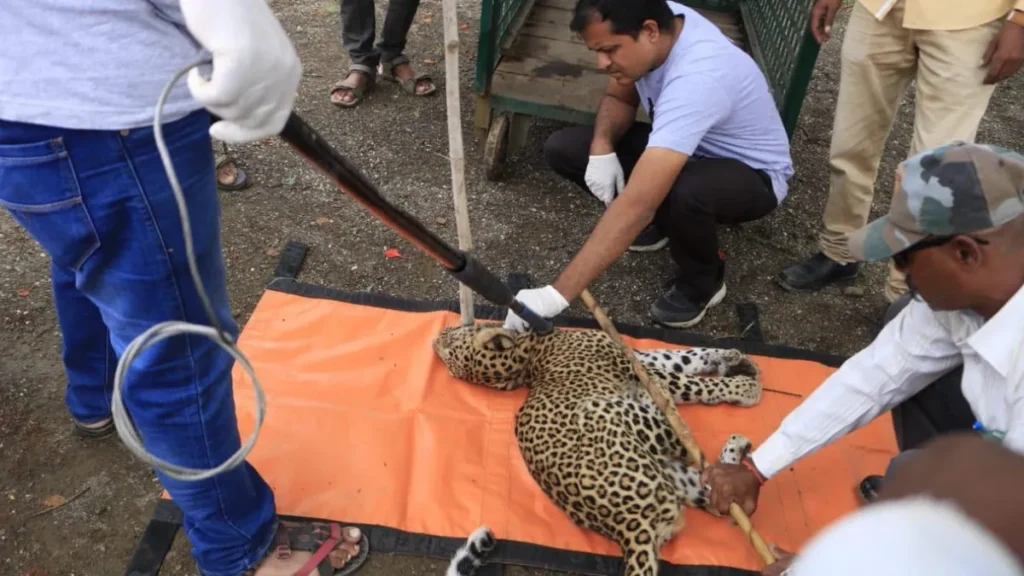
Challenges and Achievements
Running a rescue centre of this scale isn’t without its challenges. From limited funding to the emotional toll of caring for severely injured animals, the work is demanding. However, the accomplishments speak volumes:
- Over 100 leopards rescued and rehabilitated
- Several successfully released back into the wild
- Decreased incidence of leopard killings in Junnar
- Increased public awareness and media attention to conservation
These achievements demonstrate how targeted efforts and collaboration can yield tangible results in wildlife conservation.
Also read: Great Indian Bustard Wildlife Sanctuary: A Precious Haven for India’s Rarest Bird
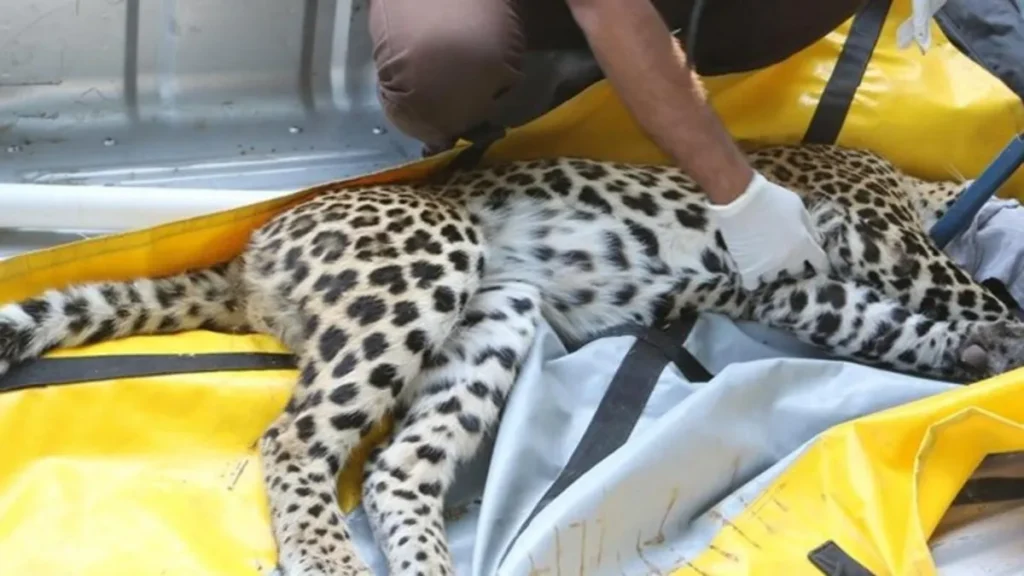
How You Can Support Manikdoh Leopard Rescue Centre
Although the centre is not open to visitors for the sake of animal welfare, anyone can contribute by:
- Donating to Wildlife SOS
- Spreading awareness about human-wildlife coexistence
- Supporting eco-friendly practices and reducing habitat destruction
Every effort, no matter how small, helps in securing a future for Maharashtra’s leopards.
Also read: How To Reach Vantara: Complete Travel Guide to Reliance’s Wildlife Sanctuary
Conclusion
The Manikdoh Leopard Rescue Centre stands as a beacon of compassion and responsibility in a world grappling with rapid urbanization and wildlife conflict. By providing a lifeline to leopards in need and fostering a culture of coexistence, this rescue centre is not only saving lives but shaping the future of conservation in India.
For anyone passionate about wildlife protection, the story of Manikdoh is both inspiring and instructional — proof that with care, commitment, and collaboration, we can make room for both people and predators in our shared ecosystem.
